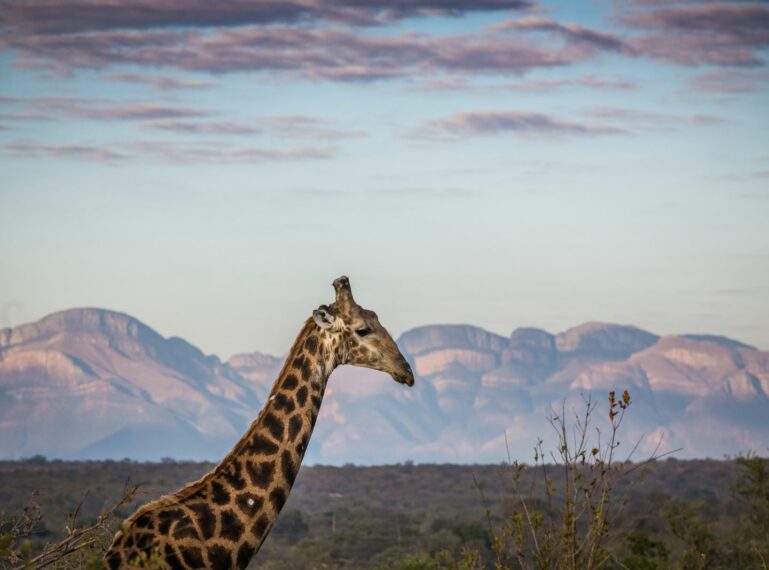
Both renowned safari destinations, the Kruger and Botswana provide distinct safari experiences for visitors. The Kruger beckons safari enthusiasts with its land-based safaris and professionally guided walking trails. Meanwhile, Botswana beckons the intrepid, inviting them to explore a unique combination of land and water-based safari experiences. Today we’re casting the spotlight on two contrasting safari experiences, one in the Kruger’s Olifants West Nature Reserve and the other in Botswana’s Okavango Delta. We chose these regions as both are located in uncrowded destinations in areas known for their biodiversity. Despite their obvious location and activity-based differences, there are threads of similarities that run throughout each camp.
Nambu Camp in the Kruger and Mboma Island Expeditions in the Okavango Delta are both owner-managed camp, each offering a personalised and professional safari experience. But the similarities don’t just end there. Both camps have impressive attention to detail with their decor. Although one is a mobile camp in the wilds of the watery Okavango Delta, and the other an established lodge in the Kruger; both camps have a similar understated sophisticated style. Mboma is a mobile camp on an island in the heart of the Okavango Delta and accommodation is in Meru-style tents with en-suite bathrooms. Glamping at its finest! Nambu’s accommodation style is thatched chalets, while the main area comprises a sweeping deck area flowing out from the lounge, giving rise to spectacular wilderness views. At Nambu, there’s also a boma area, swimming pool and signature spaces to relax outdoors.
Now let’s chat about the safari activities, landscape, and wildlife; as this is where you’ll find the most notable differences as to why these are two contrasting safari paradises.
The Landscapes and Wildlife
The Olifants West Nature Reserve biome is primarily a subtropical lowveld eco-zone. The hot and rainy summers and cool winters provide an environment for a variety of thorn trees, broad-leaved trees, woodlands and tall grasses to thrive. It’s here you’ll find typical savannah punctuated by iconic marula trees, baobabs and mopani forests. The Olifants River courses and cuts through the reserve, providing a stable source of water for the species within Nambu’s concession. The river’s edge draws in wildlife like waterbuck, elephant herds, wading birds, hippos, crocs, and the occasional predators. The reserve boasts an impressive population of lion. The magic here is that Nambu is surrounded by that authentic “South Africa” safari bushveld.
The Okavango Delta region is the world’s largest inland delta that floods its water across the desert-like Kalahari sands creating a myriad of waterways, channels, wetlands, floodplains and picturesque island. Channels are lined with dense beds of papyrus and reeds, while open plains are dotted with wild date palm and real fan palm trees, giving it a tropical island feel. While the archetype of “safari” trees can be spotted in larger more bushveld regions like the Delta’s Moremi Game Reserve (marula, knobthorn and mangosteen), it’s the islands cocooned by water where you’ll discover sausage trees and sycamore fig trees. Hiding in the reeds you’ll discover the shy and rare sitatunga antelope, and in the open waters you’ll encounter abundant hippos. Elephants are a common site in the Delta, while further afield in the Moremi Game Reserve you’ll uncover a wealth of marauding predators. The magic here is the water wonderland of wildlife of this revered UNESCO World Heritage Site.
Although both areas accommodate similar species of bird, the Delta is more popular for spotting wading birds, kingfishers, African jacanas, spoonbills and African fish-eagles. At Nambu, you’re far more likely to see more woodland birds and a variety of raptors like tawny eagles, African harrier hawk and brown snake-eagle.
Safari Activities
Mboma Island Expeditions offers the best of both land and water based safari activities. It’s the perfect base for exploring the intricate waterways of the Delta. Activities include traditional mokoro trips through the narrow channels. You can expect to be guided by a professional poler slowly through the waters while you try to spot alongside the banks of the waterways. Hiding in the reeds you’re likely to see red lechwe, sitatunga, waterbuck and a host of water loving birdlife.
Boating is another incredible activity to be enjoyed on the crystalline waters of the Okavango Delta. Boating takes place on the open waters where hippo pods dwell and elephants adorn the banks. It actually takes a 1 hour boat ride just to get to camp, which is an activity in itself. Boating on the Delta is done directly from camp. Land based game viewing activities take place in the Moremi Game Reserve, which requires an hour’s boat trip back to the main boat station before heading out into savannah terrain to find predators, a common sight in the reserve.
Nambu Camp conducts two game drives a day in the Olifants West Nature Reserve, where the focus is on tracking predators while being professionally guided through the reserve. Drives take place first thing in the morning when predators are the most active and late in the day when the air gets cooler. Drives meander their way past the river frontage area where its possible to spot an array of wildlife grazing and drinking on the banks of the river. The twice-daily game drives include coffee and sundowner stops,
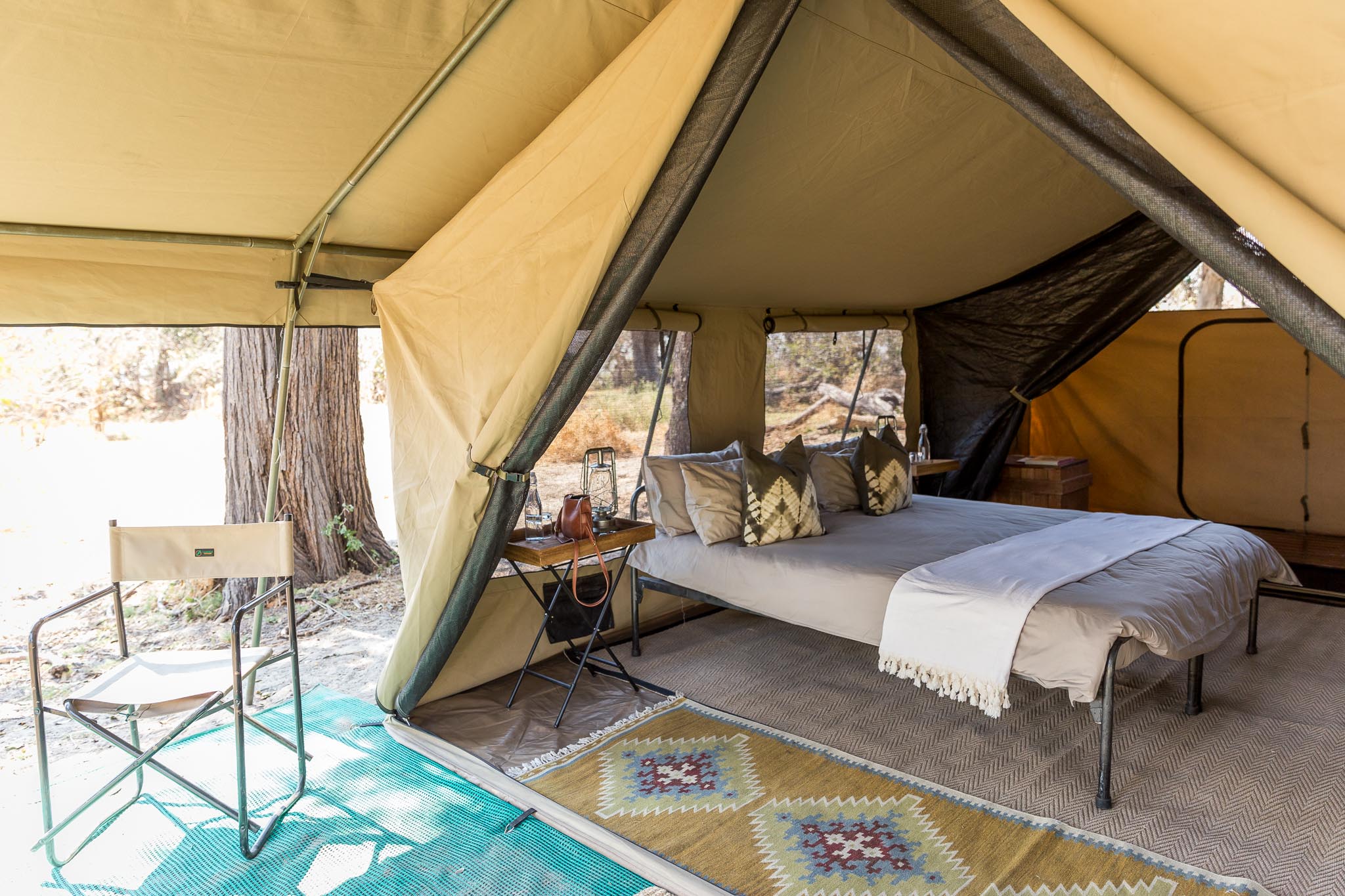
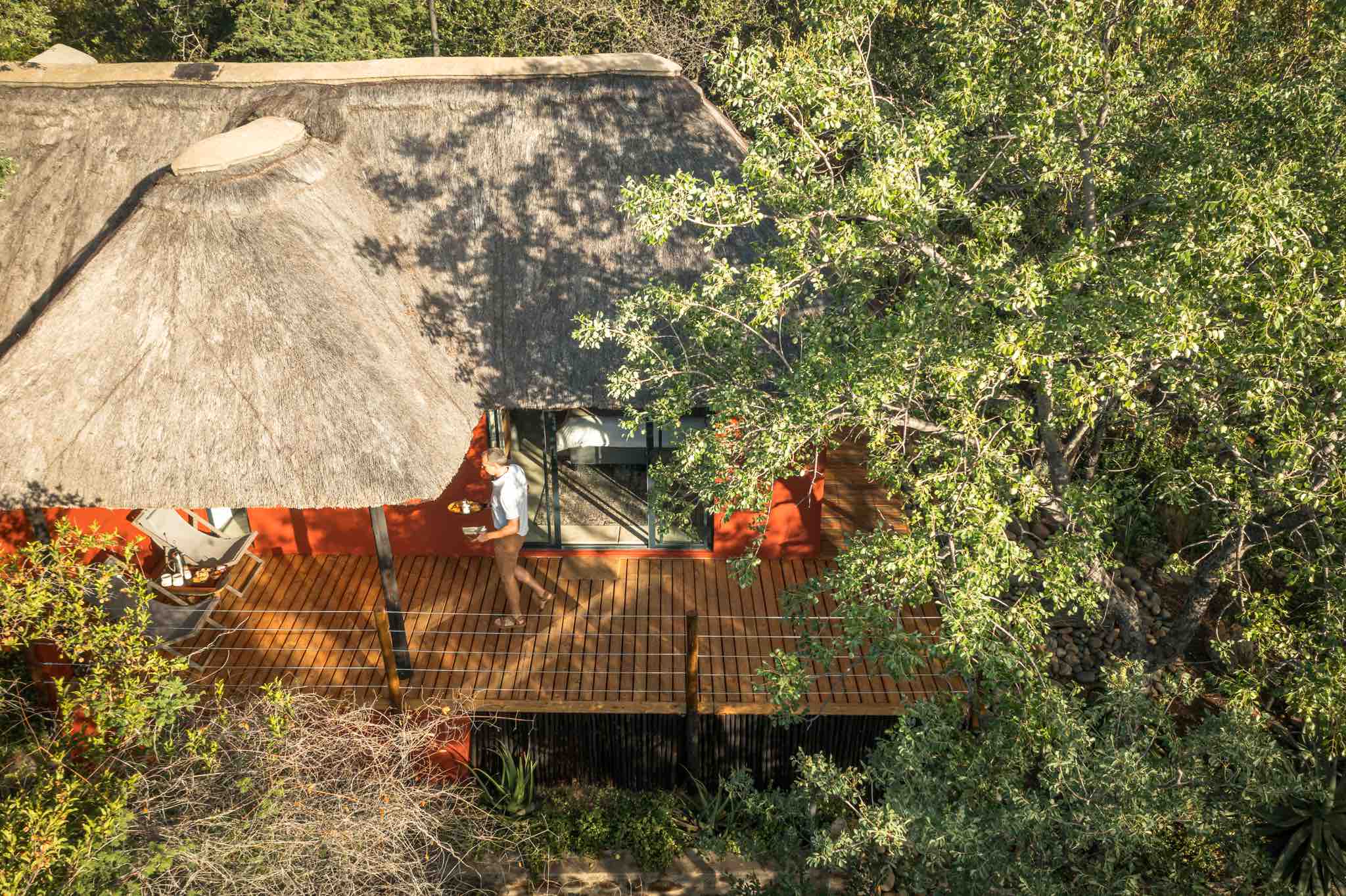
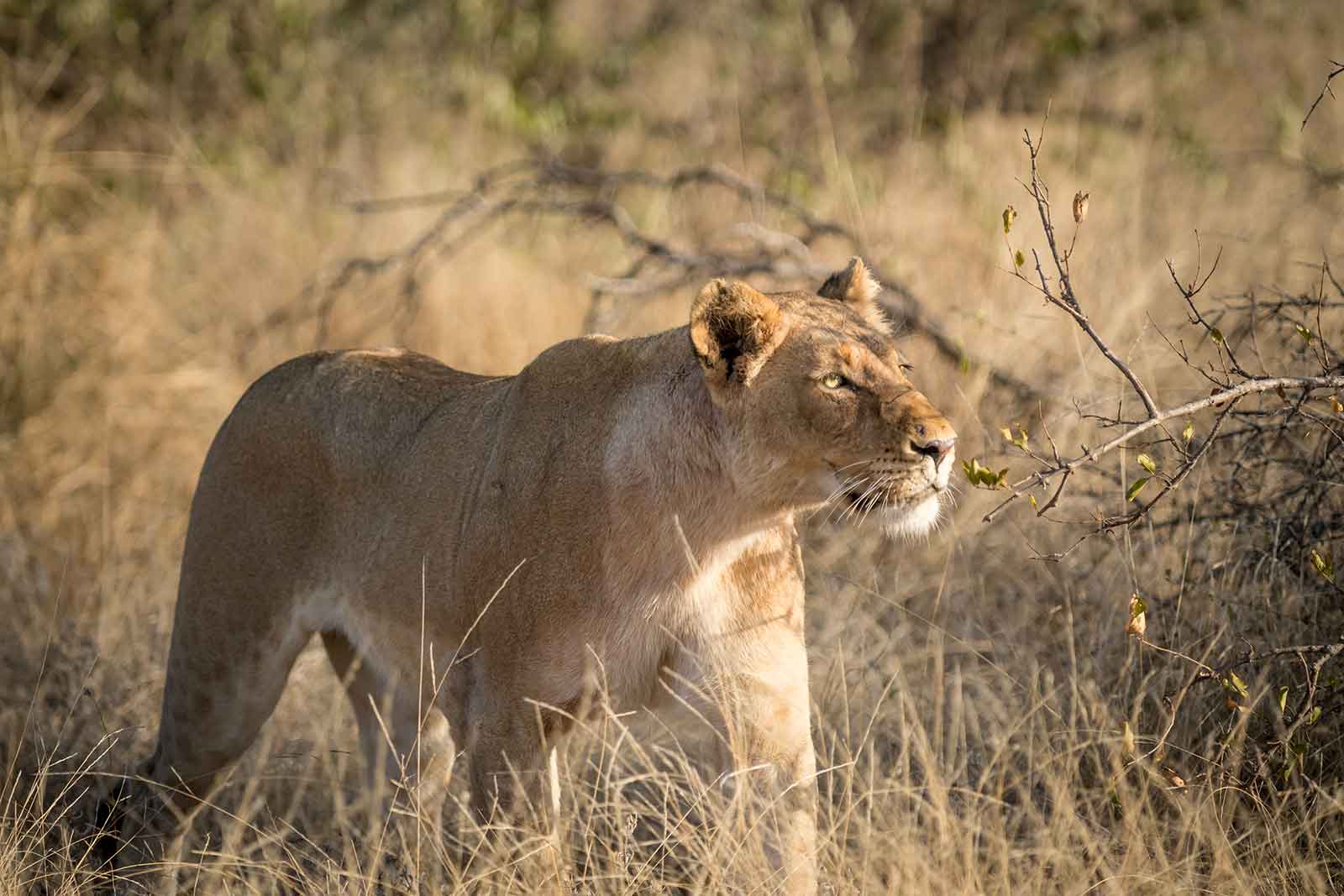
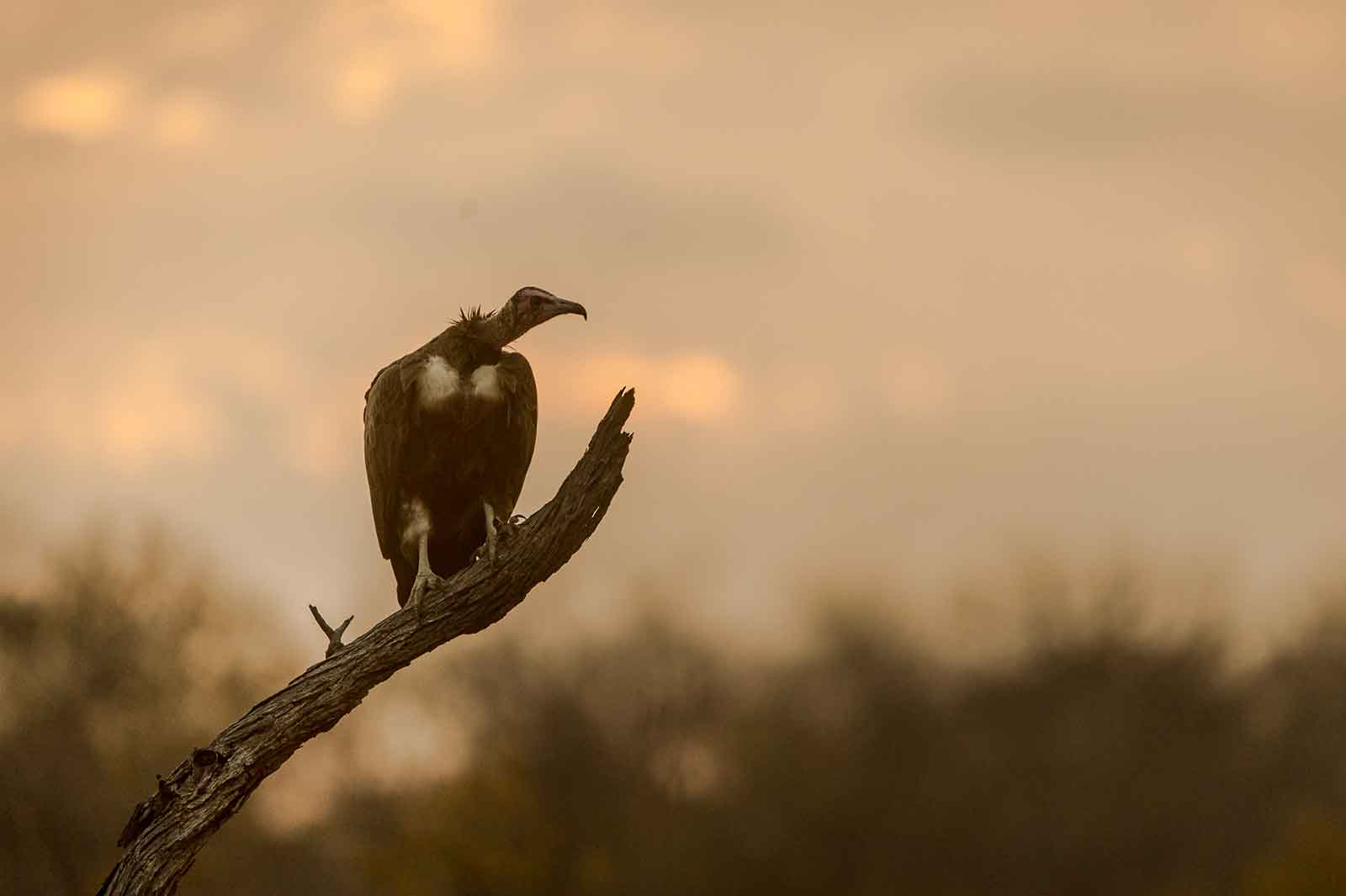
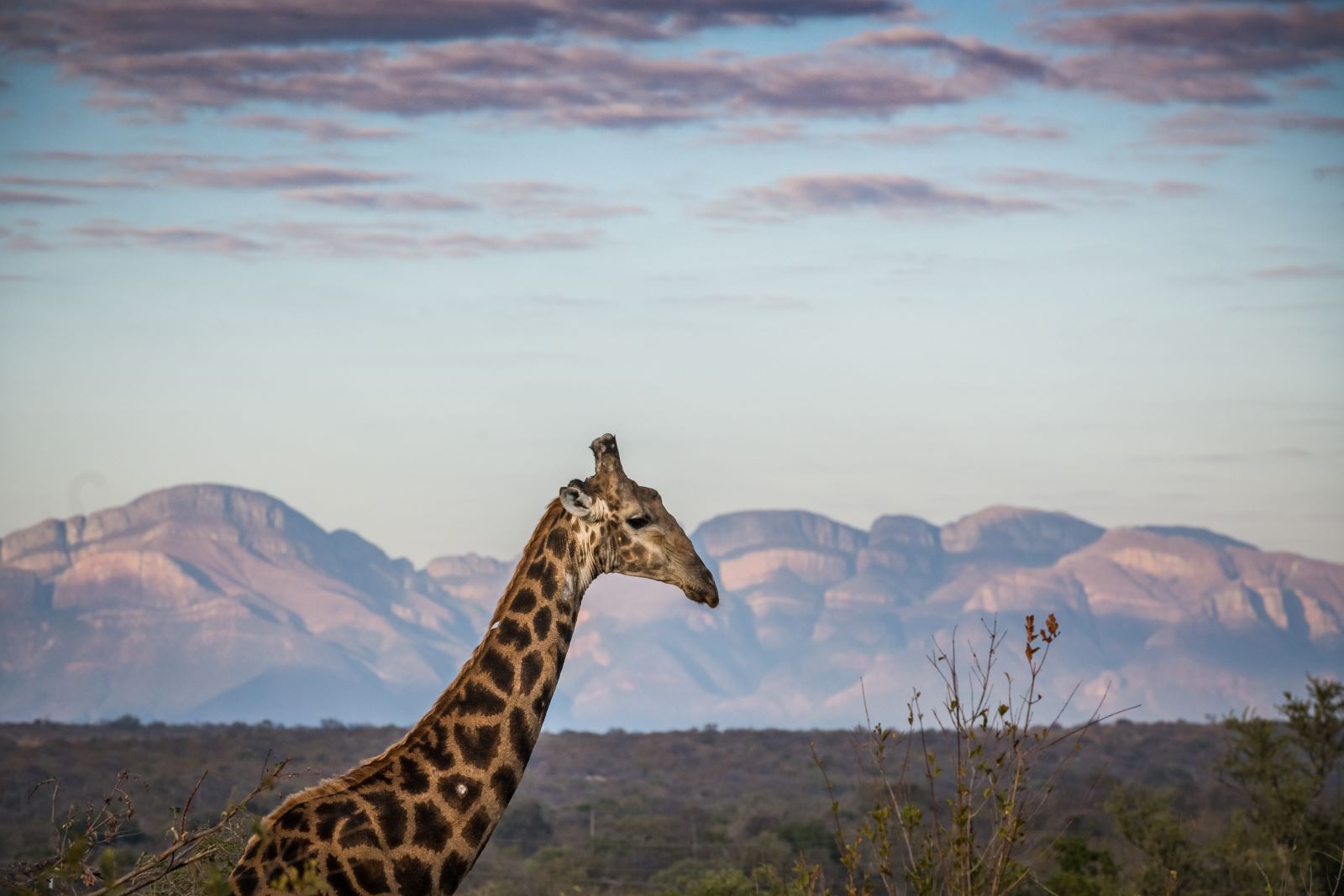
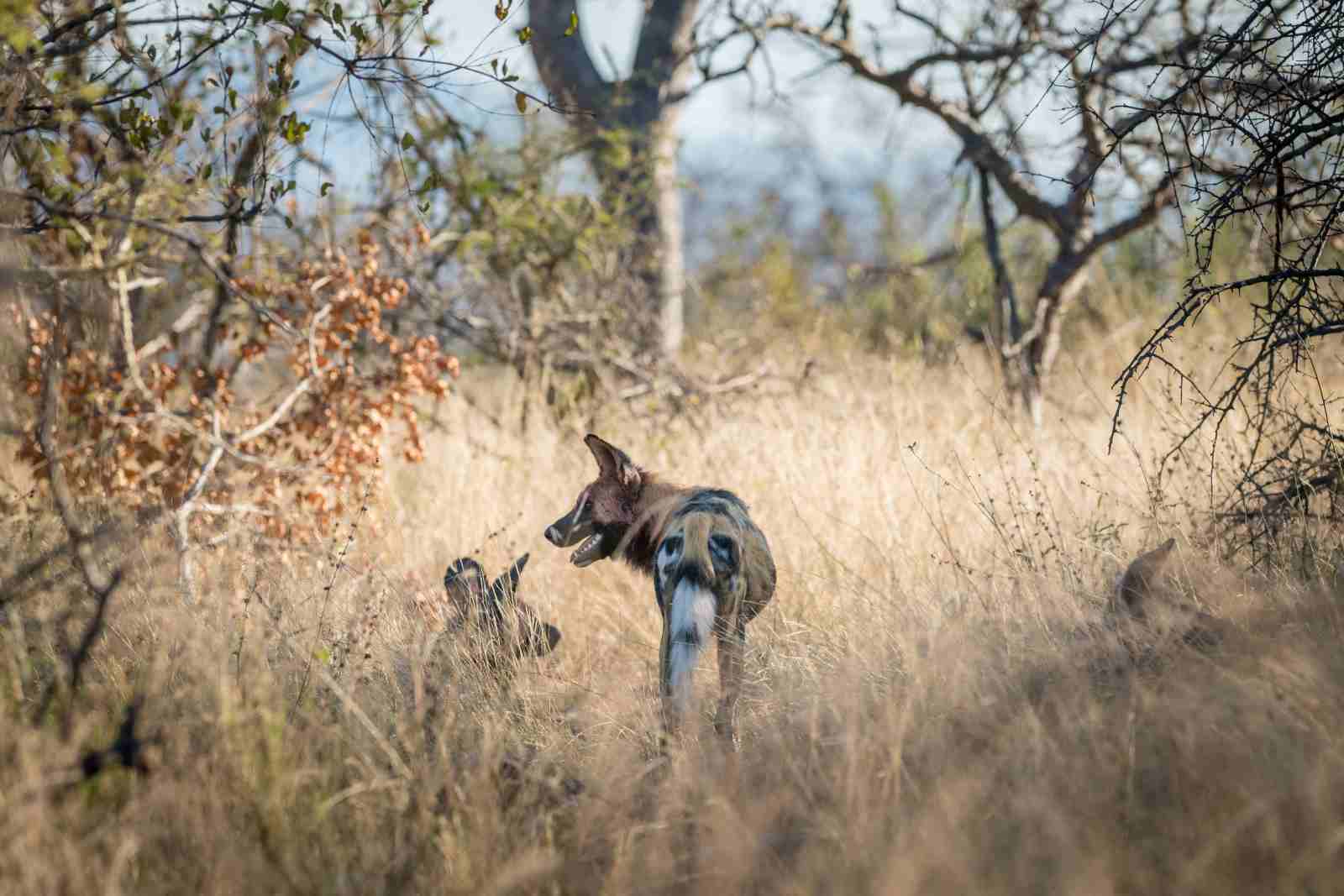
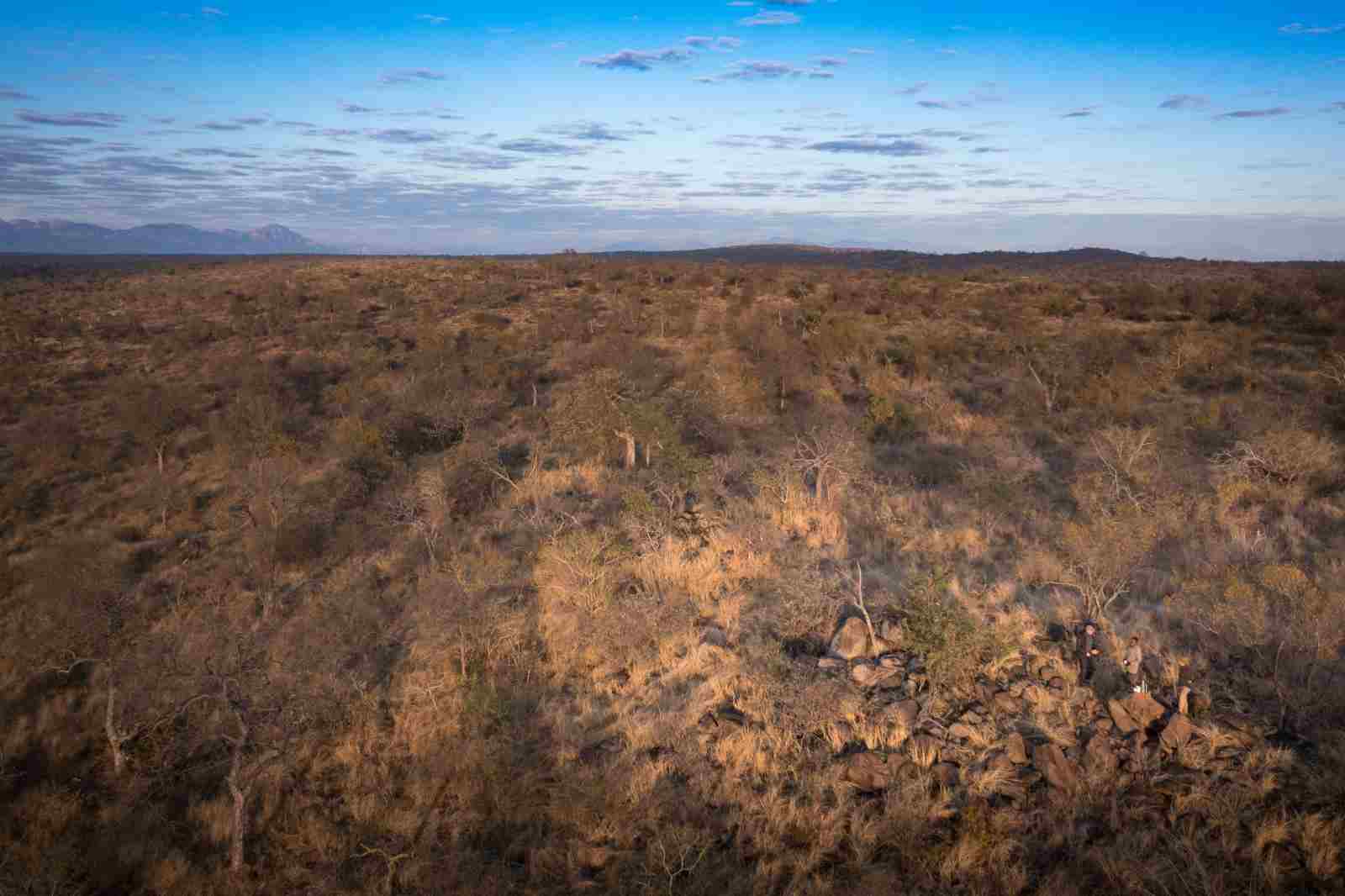
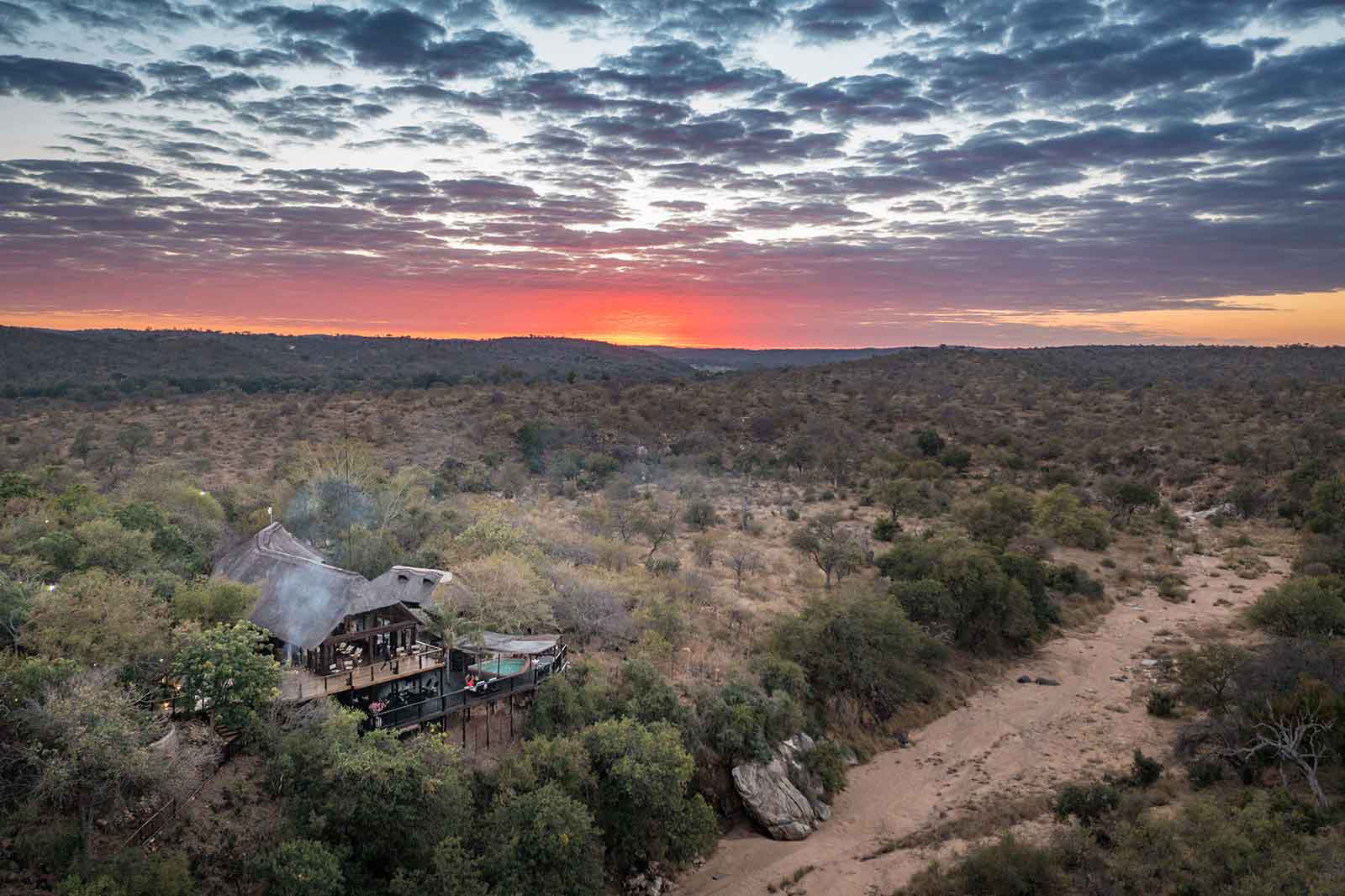
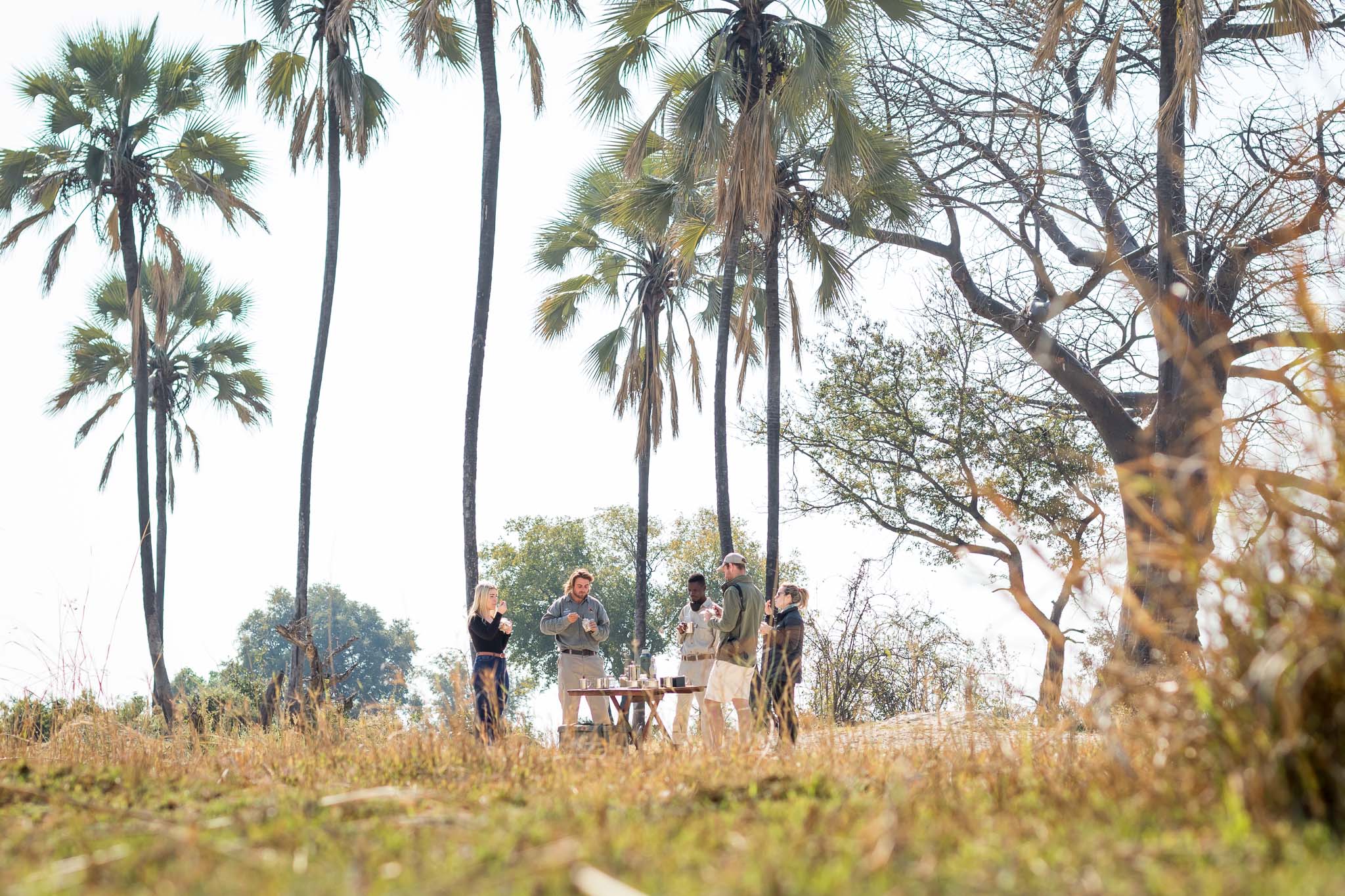
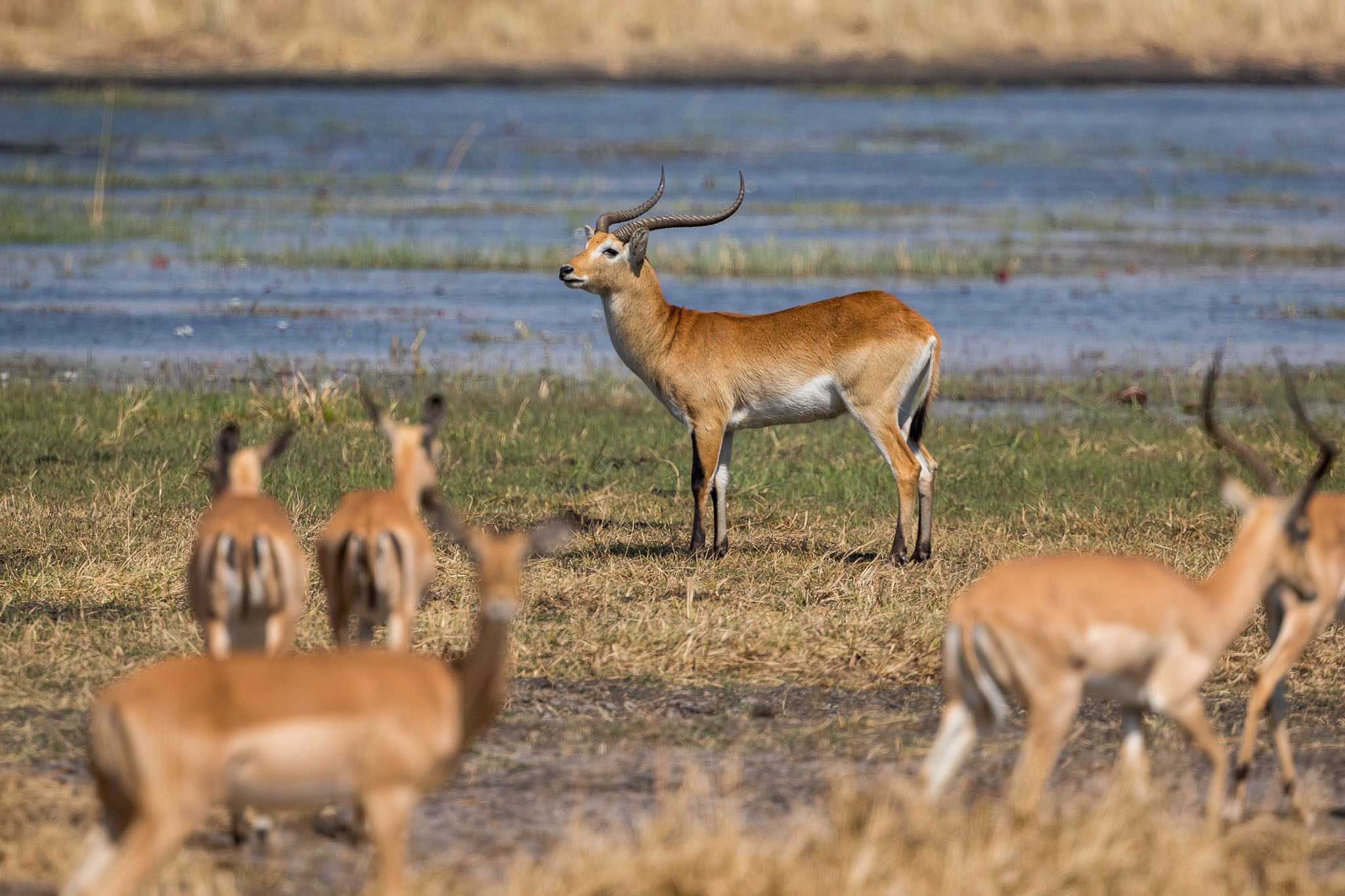
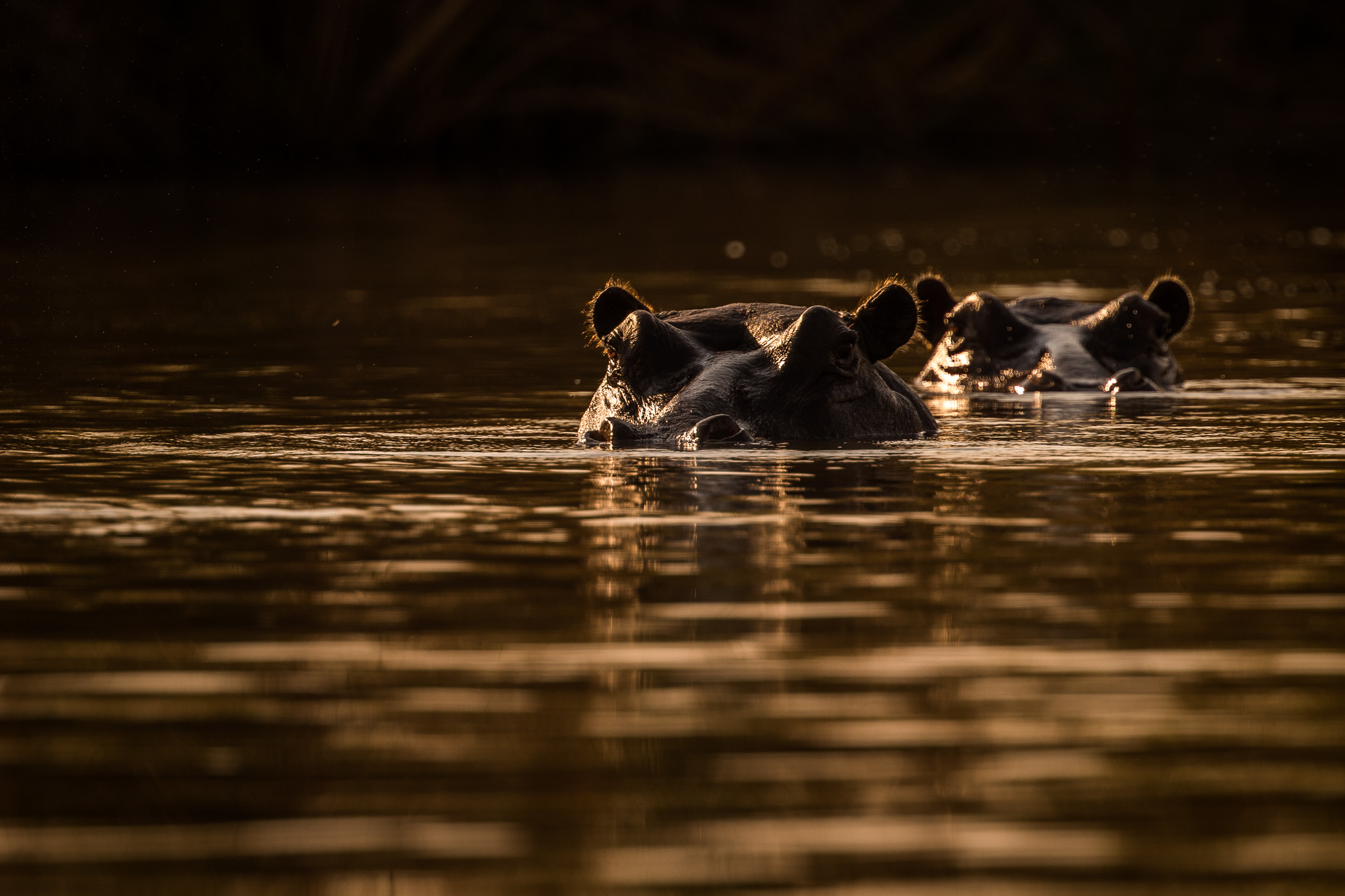
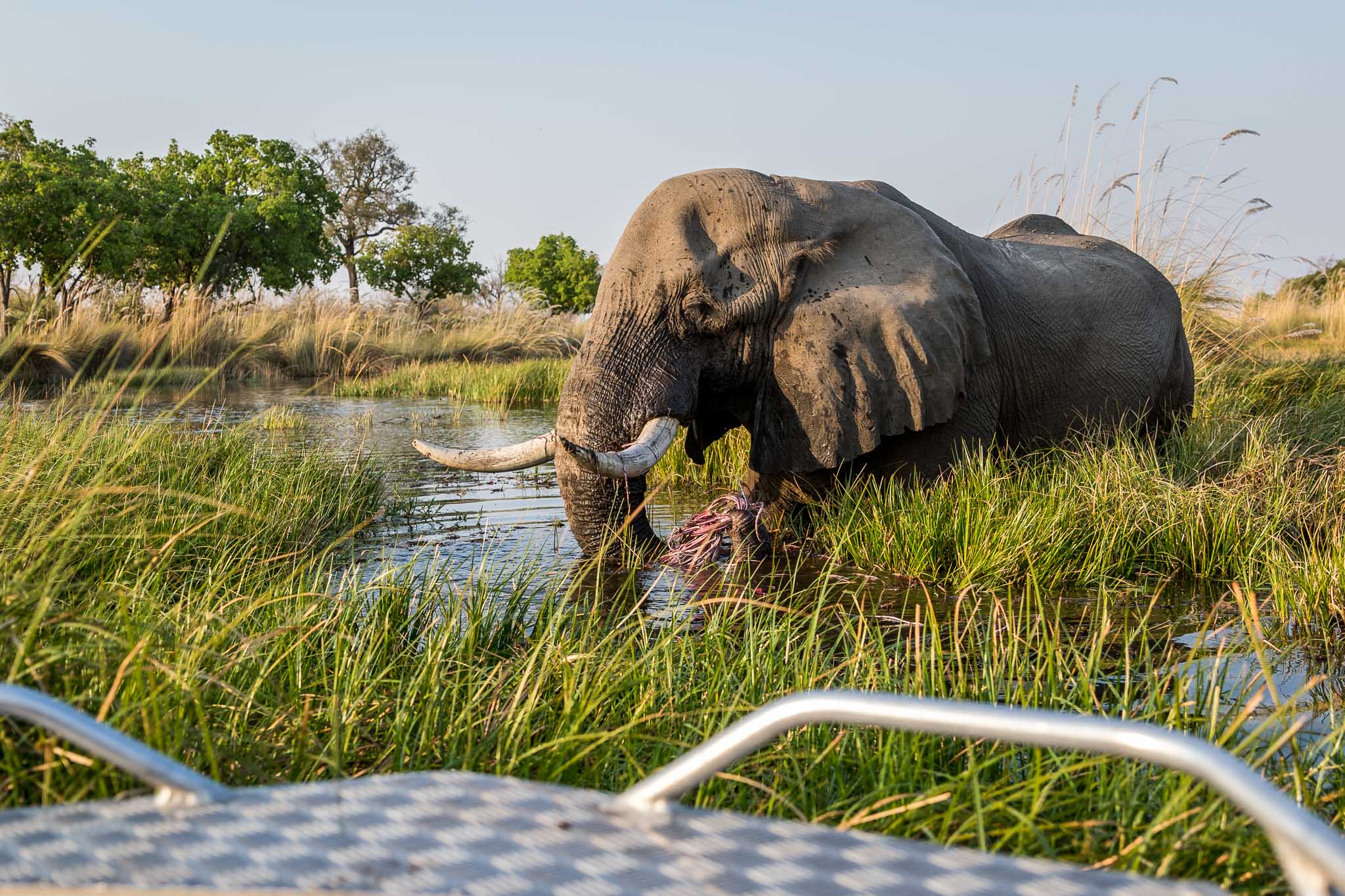
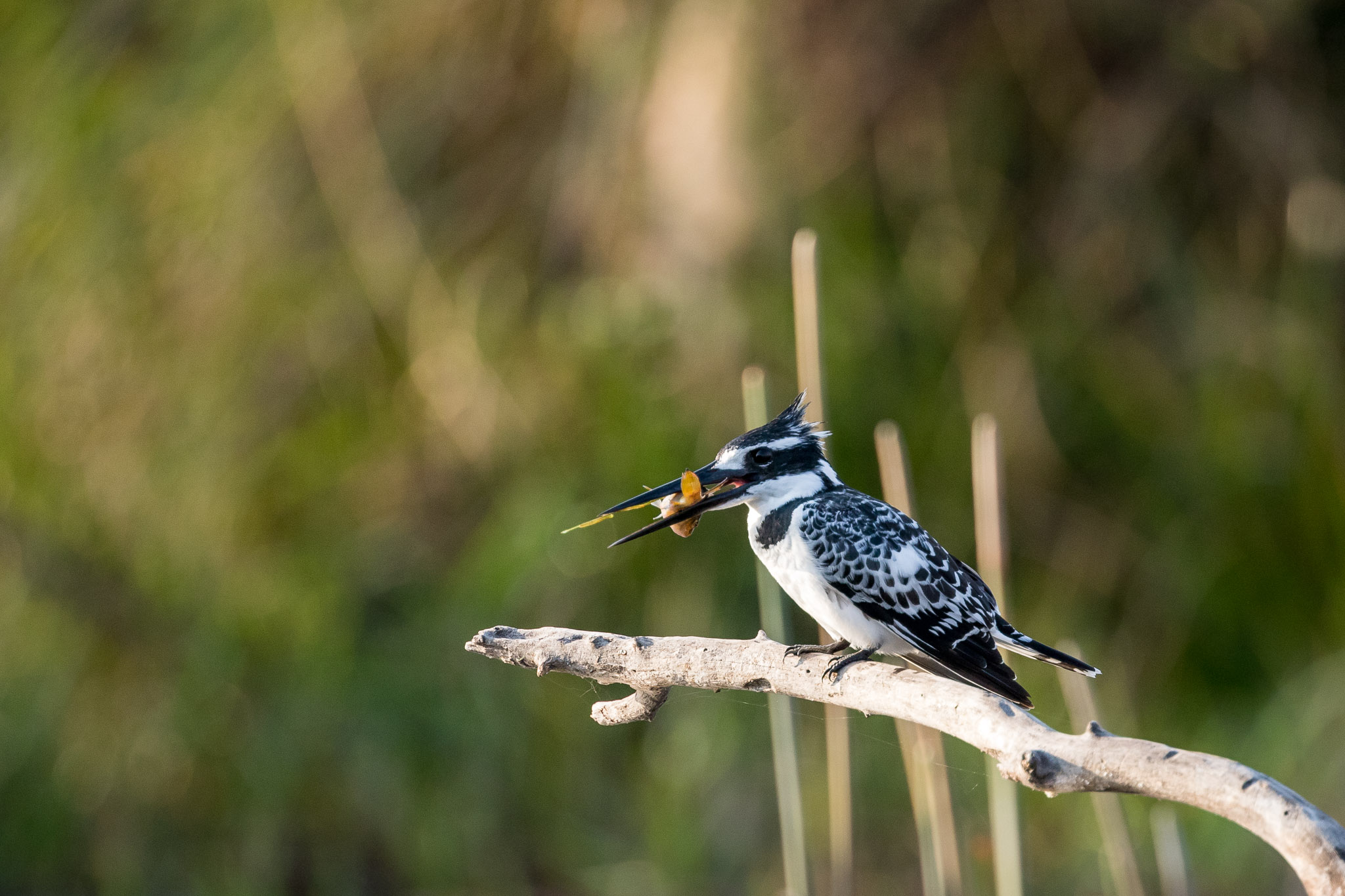
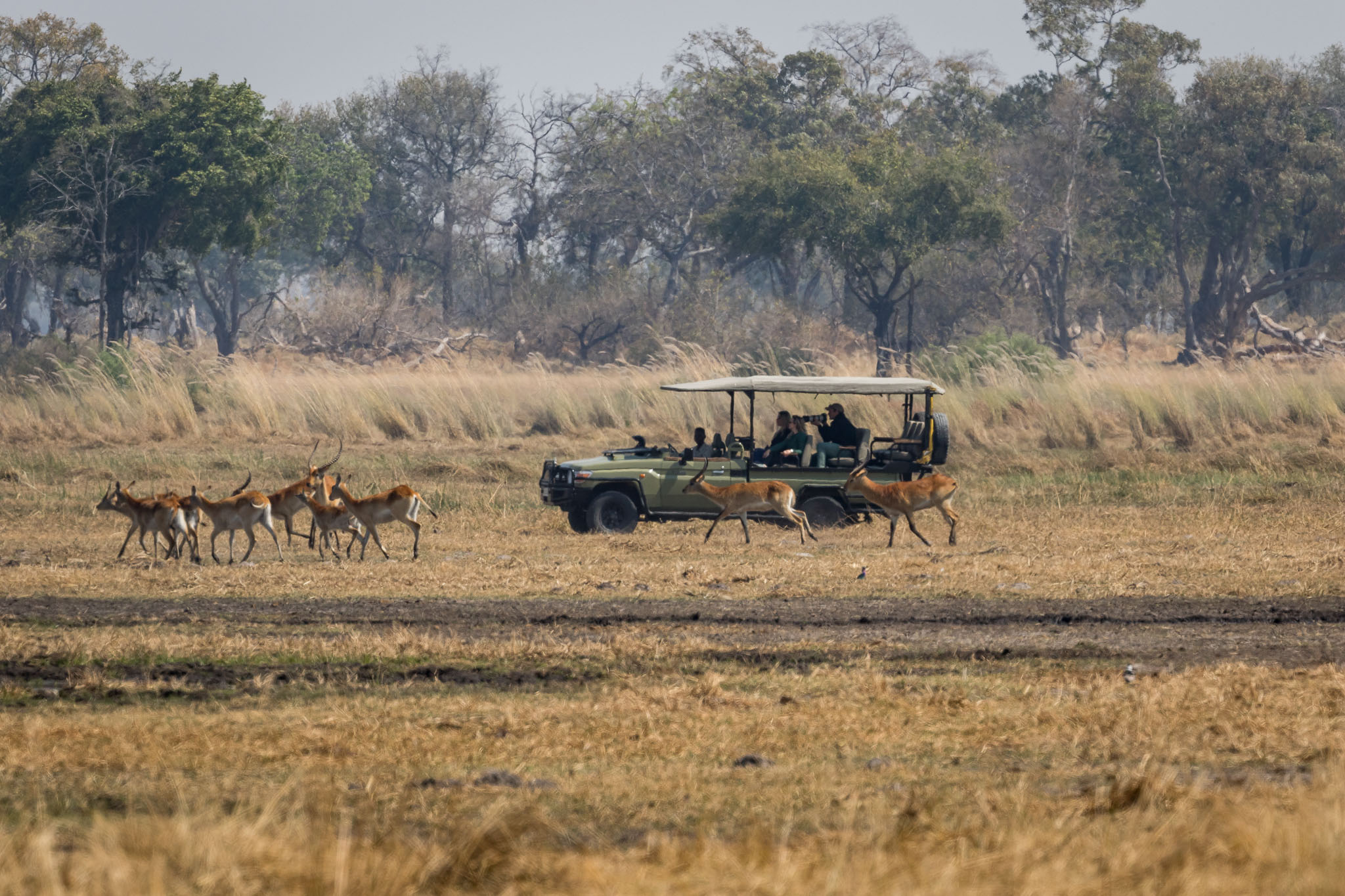
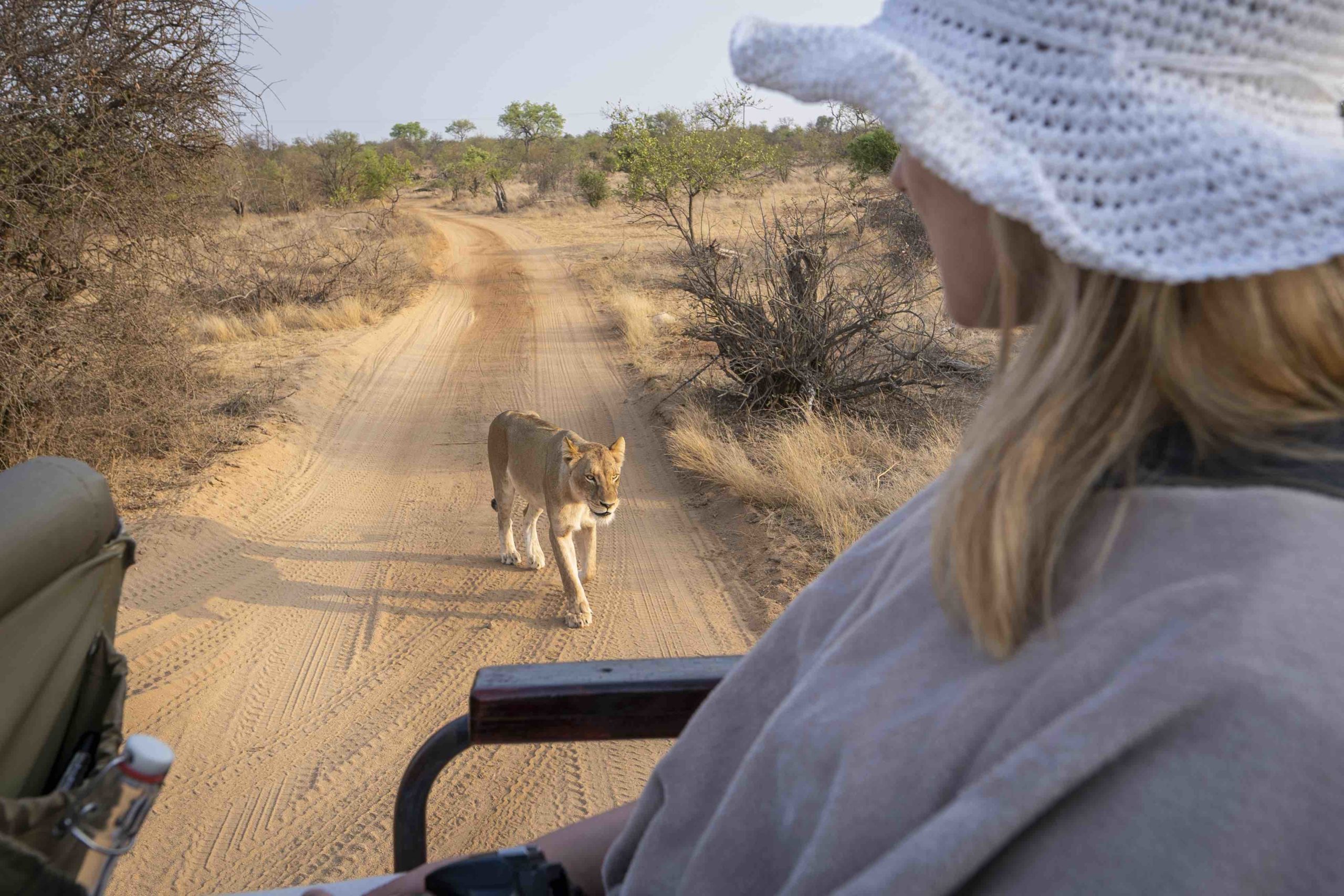
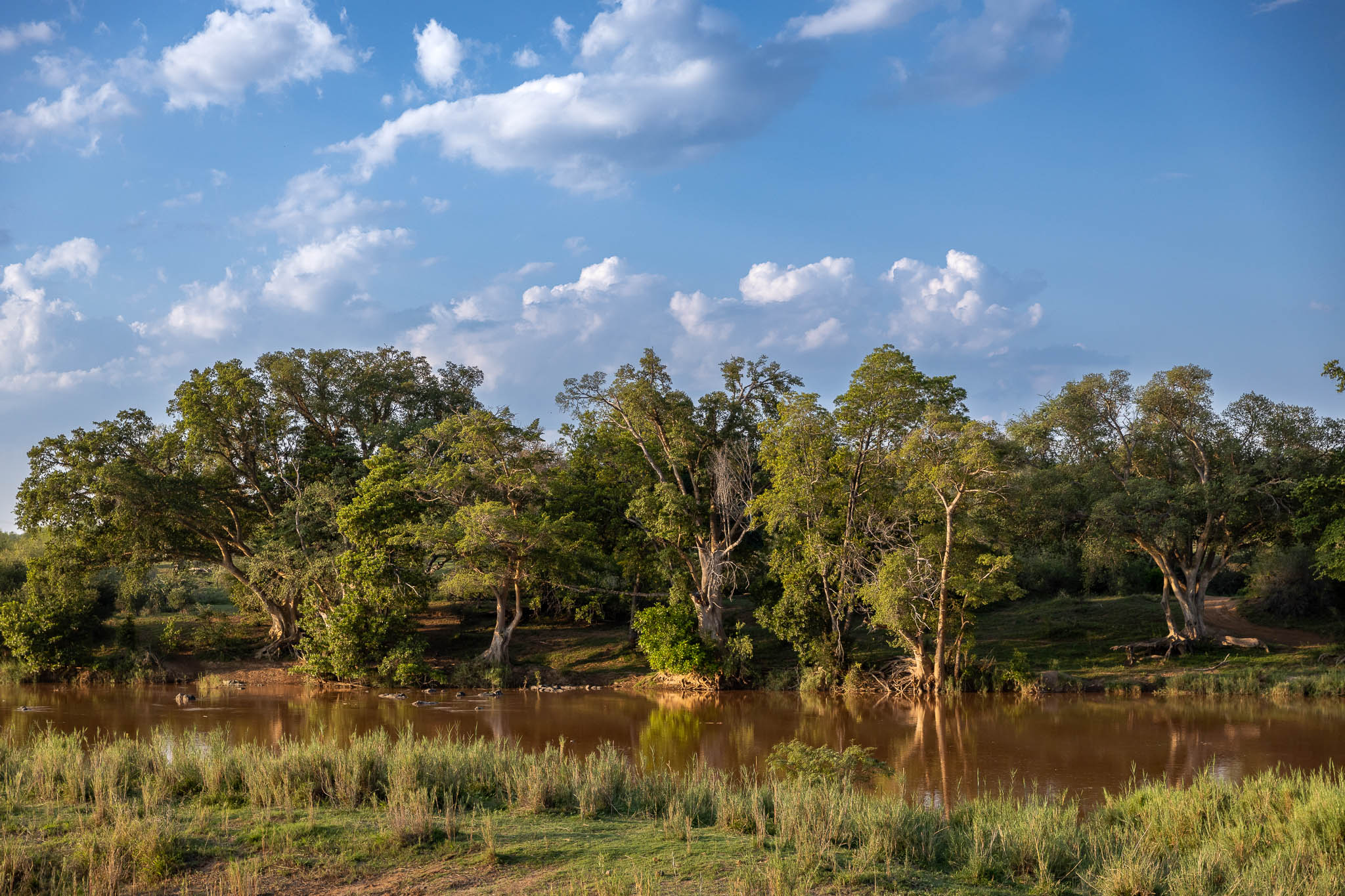
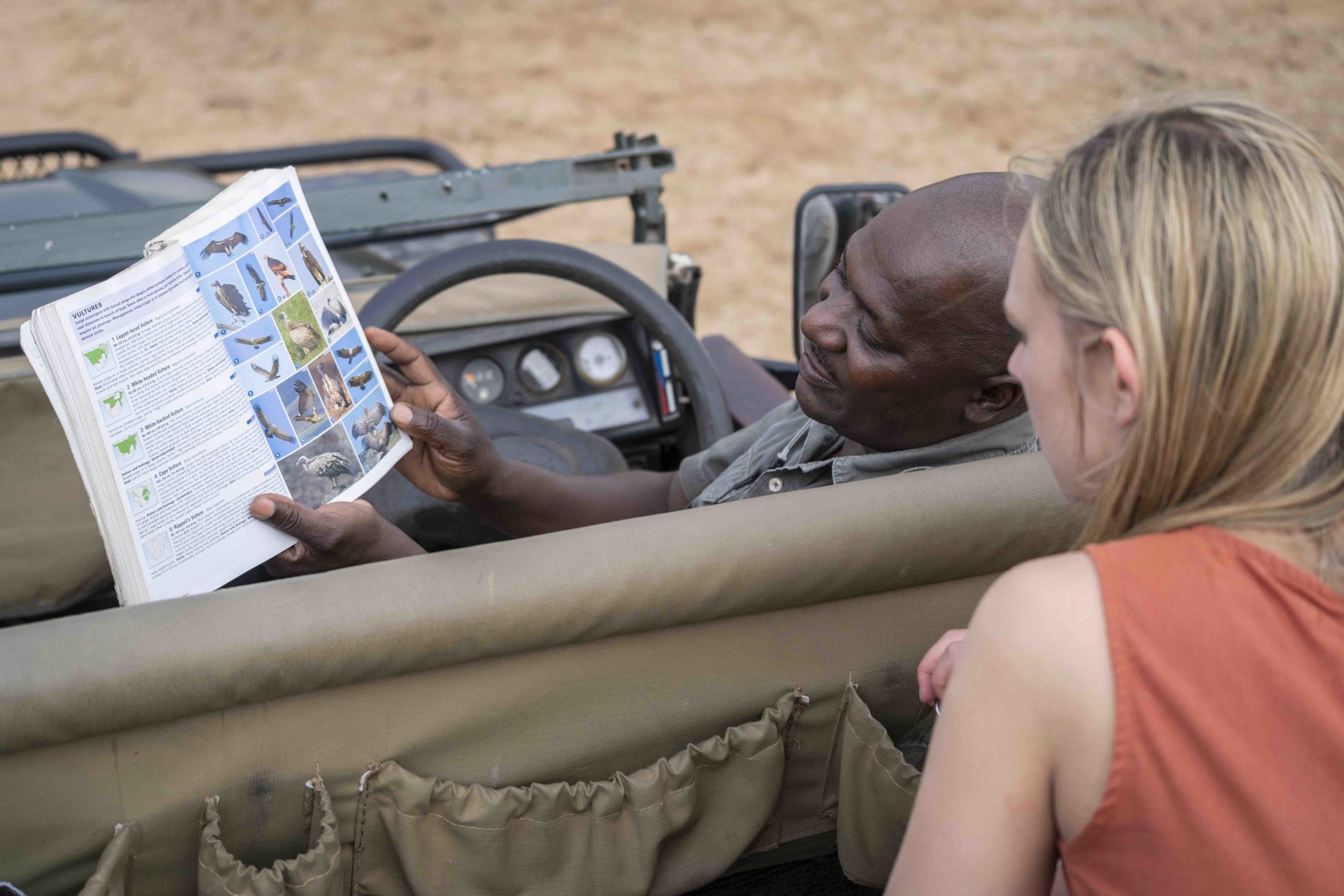
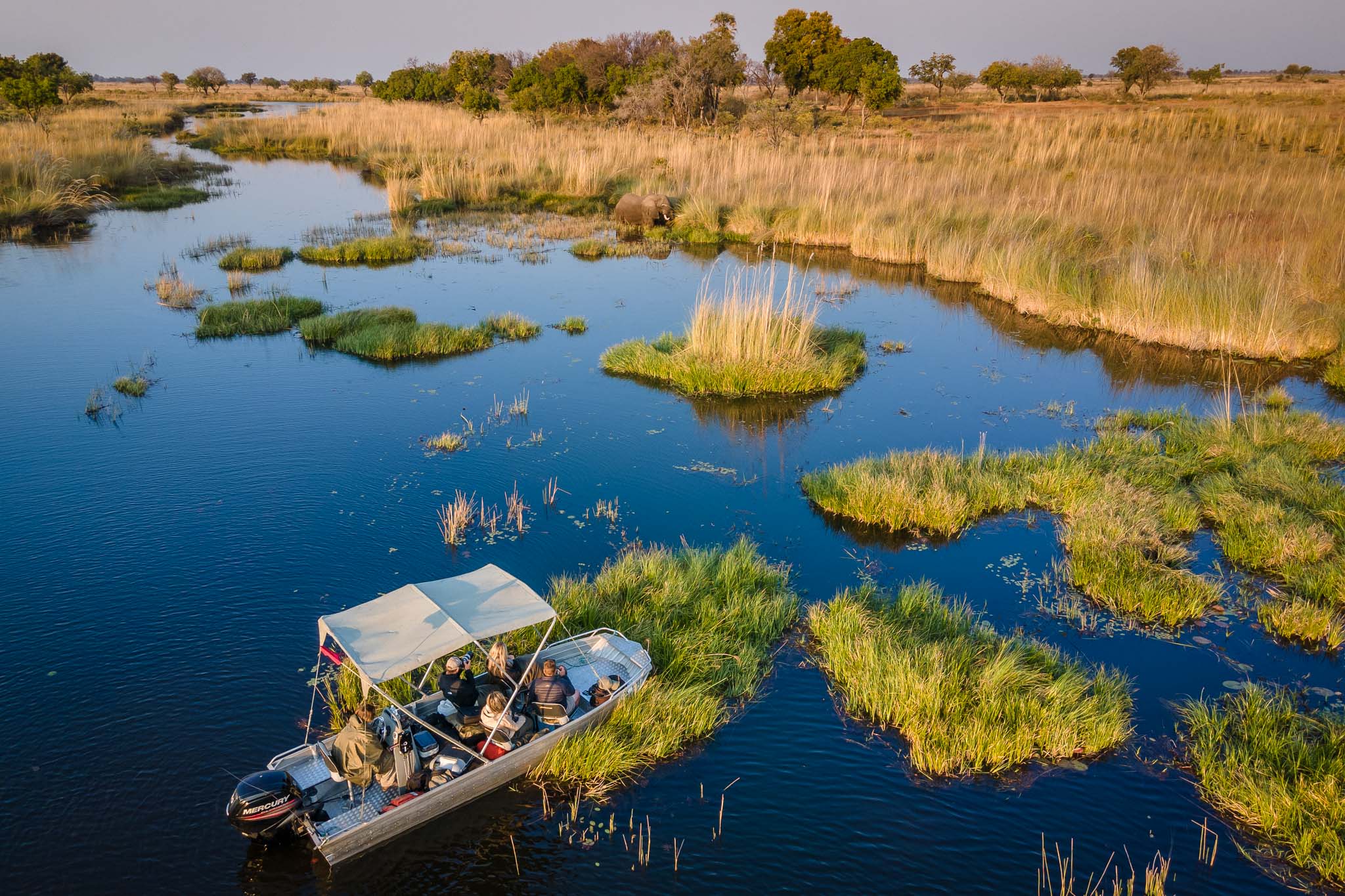
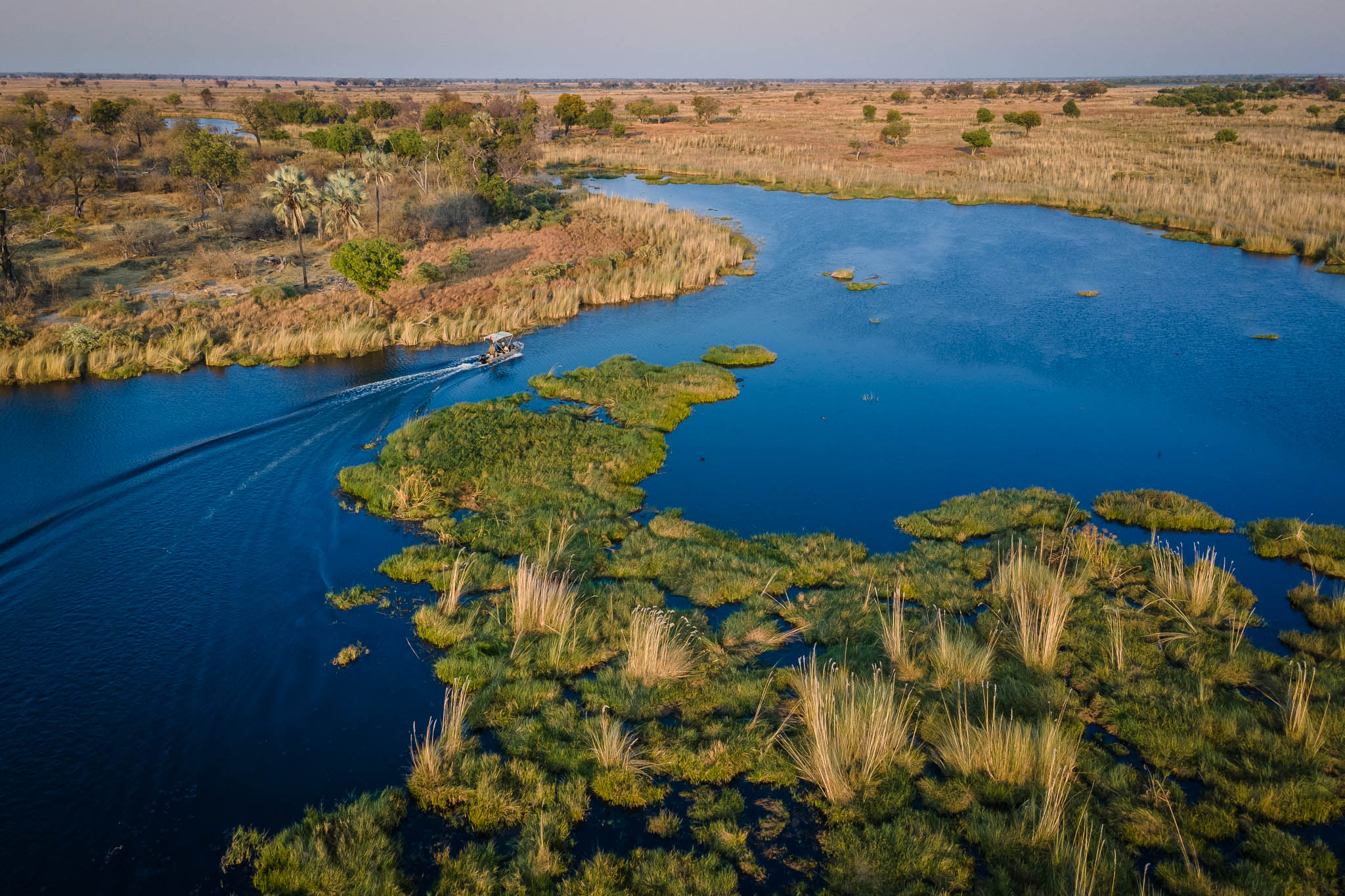
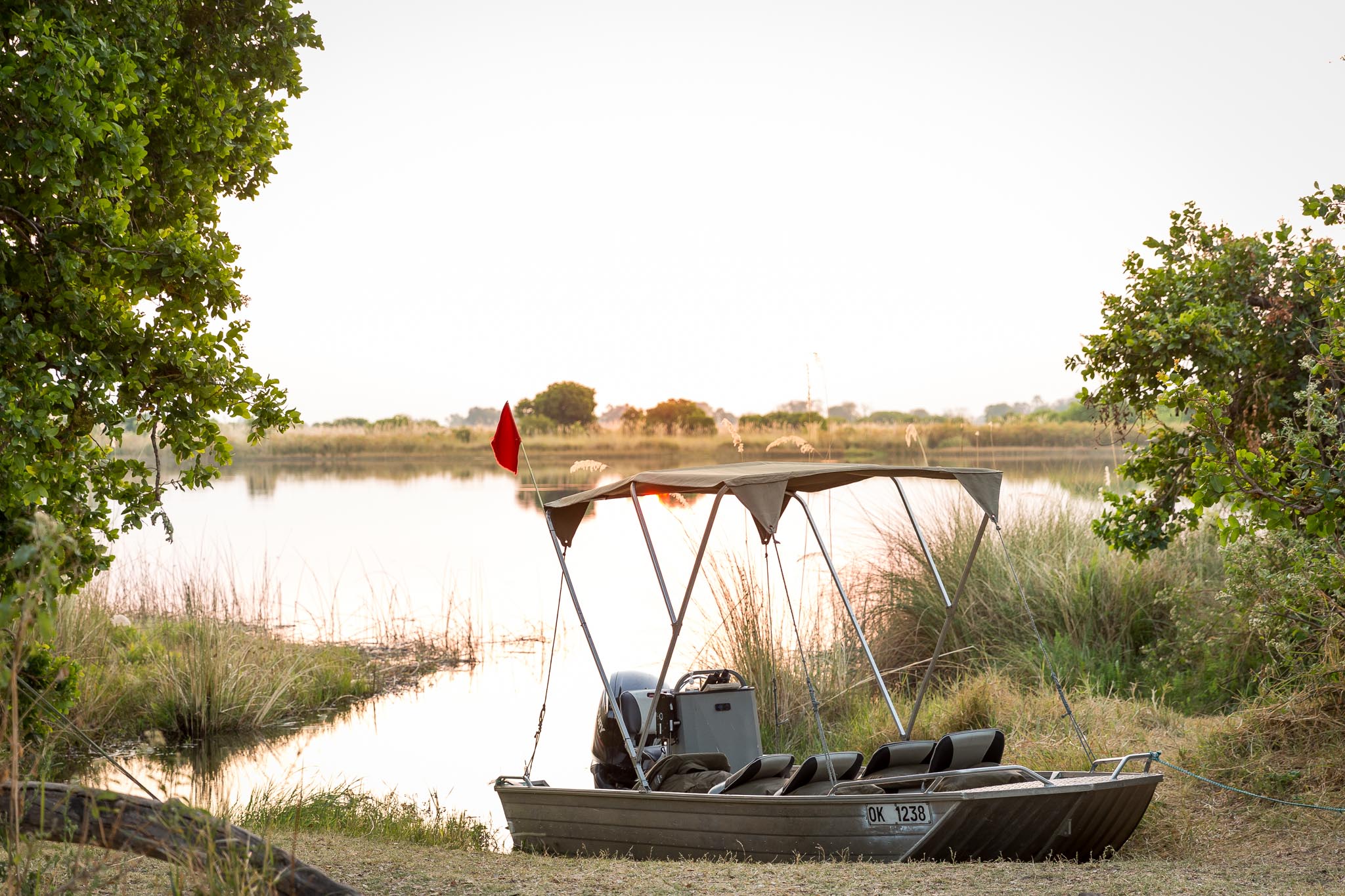
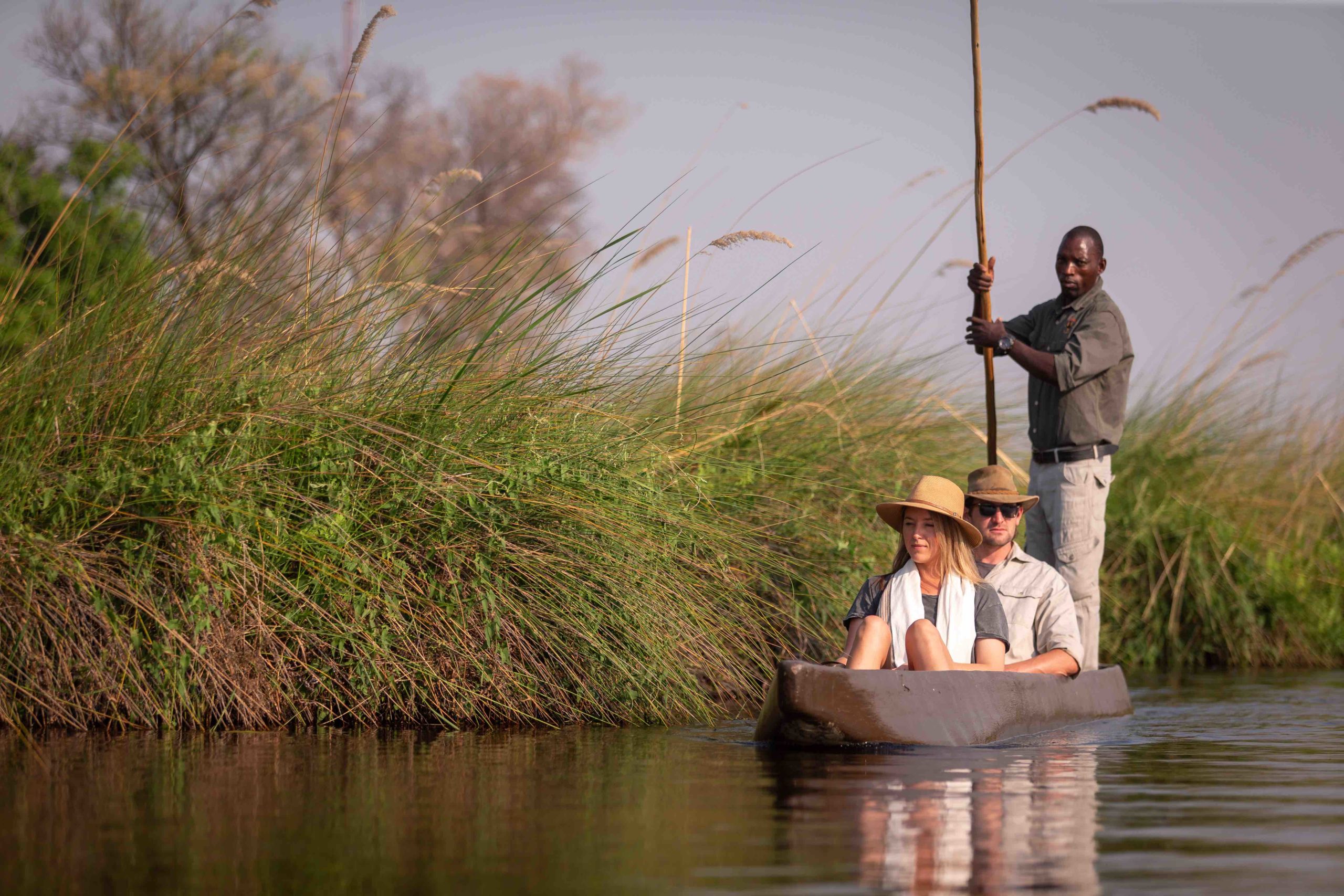
Leave a Comment